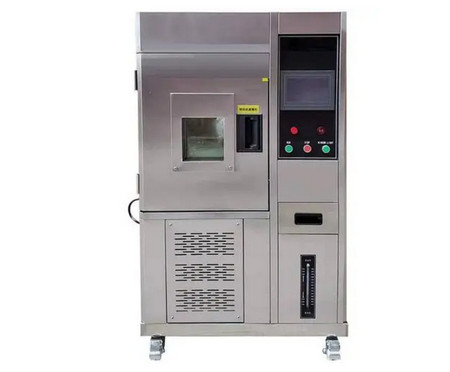Factors affecting the ozone aging performance of plastic and rubber materials

The ozone aging properties of plastic and rubber materials are affected by a variety of factors. The following are some of the common influencing factors:
1. Material formulation: The formulation and composition of a material has a significant effect on its ozone aging properties. The choice of additives and protective agents can improve a material's resistance to ozone. For example, antioxidants can help prevent or slow down ozone-induced oxidation and damage. 2.
2. Time and temperature of action: The time and temperature of ozone aging play a critical role in how well a material ages. Materials exposed to high temperatures for extended periods of time are more susceptible to ozone damage. Different materials and applications may have different tolerance time and temperature requirements.

3. Ozone concentration: Ozone concentration is an important factor affecting material aging. Higher ozone concentrations result in faster aging and damage. In practice, some environmental or industrial conditions may lead to high ozone concentrations, such as urban pollution or high mountain environments.
4. External factors: Other external factors, such as ultraviolet (UV) radiation, humidity, oxygen, and mechanical stress, can also have an effect on the ozone aging properties of materials. In particular, the combined effect with UV radiation may accelerate material aging and damage.
5. Material type: Different types of plastic and rubber materials have different tolerances to ozone. For example, neoprene (NBR) generally has better ozone resistance, while chlorinated polyethylene (CPE) has poorer. Therefore, materials need to be selected with their specific ozone resistance in mind.
In order to assess and improve the ozone aging performance of plastic and rubber materials, appropriate ozone aging tests need to be performed, and adjustments and improvements made based on the results. These tests can be performed using specific standard or customized laboratory procedures to simulate the ozone exposure conditions that materials may face in actual use.
In summary, material formulation, time and temperature of action, ozone concentration, external factors, and material type are the key factors affecting the ozone aging performance of plastic and rubber materials. Through rational selection of material formulations and testing and evaluation, the ozone resistance of materials can be improved and their service life can be extended.
2023-08-21 11:53

